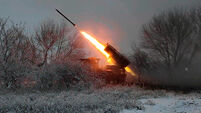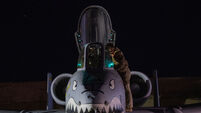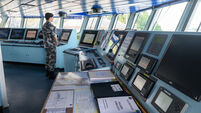Stars found ‘30m times brighter than the sun’

An international team, led by astronomers from Sheffield University, said the cluster, 170,000 light years from Earth, is the largest group of massive stars identified to date.
The discovery raises questions about the formation of massive stars and also highlights the continuing capabilities of the ageing Hubble telescope.
The cluster — named R136 — is only a few light years across, and is in the Tarantula Nebula, within the Large Magellanic Cloud — a satellite galaxy of our own Milky Way.
The team said the young cluster plays host to many extremely massive, hot, and luminous stars, whose energy is mostly radiated in ultraviolet — which is why the scientists used Hubble to probe the ultraviolet emission of the cluster.
It includes nine monster stars, which are more than 100 times the mass of the sun, and dozens of stars exceeding 50 solar masses.
None of the stars identified has unseated R126a1, also in the Tarantula Nebula, as the most massive star in the known universe, at more than 250 solar masses.
In 2010, Paul Crowther, from Sheffield University’s Department of Physics and Astronomy, demonstrated, with the aid of his international team, the existence of four stars within R136, each more than 150 times the mass of the sun.
The extreme properties of those stars had come as a surprise, as they exceeded the then accepted upper-mass limit for stars.
Now, the team’s new research has shown there are five more stars, with more than 100 solar masses, in R136, raising many new questions about the formation of massive stars as their origin remains unclear.














